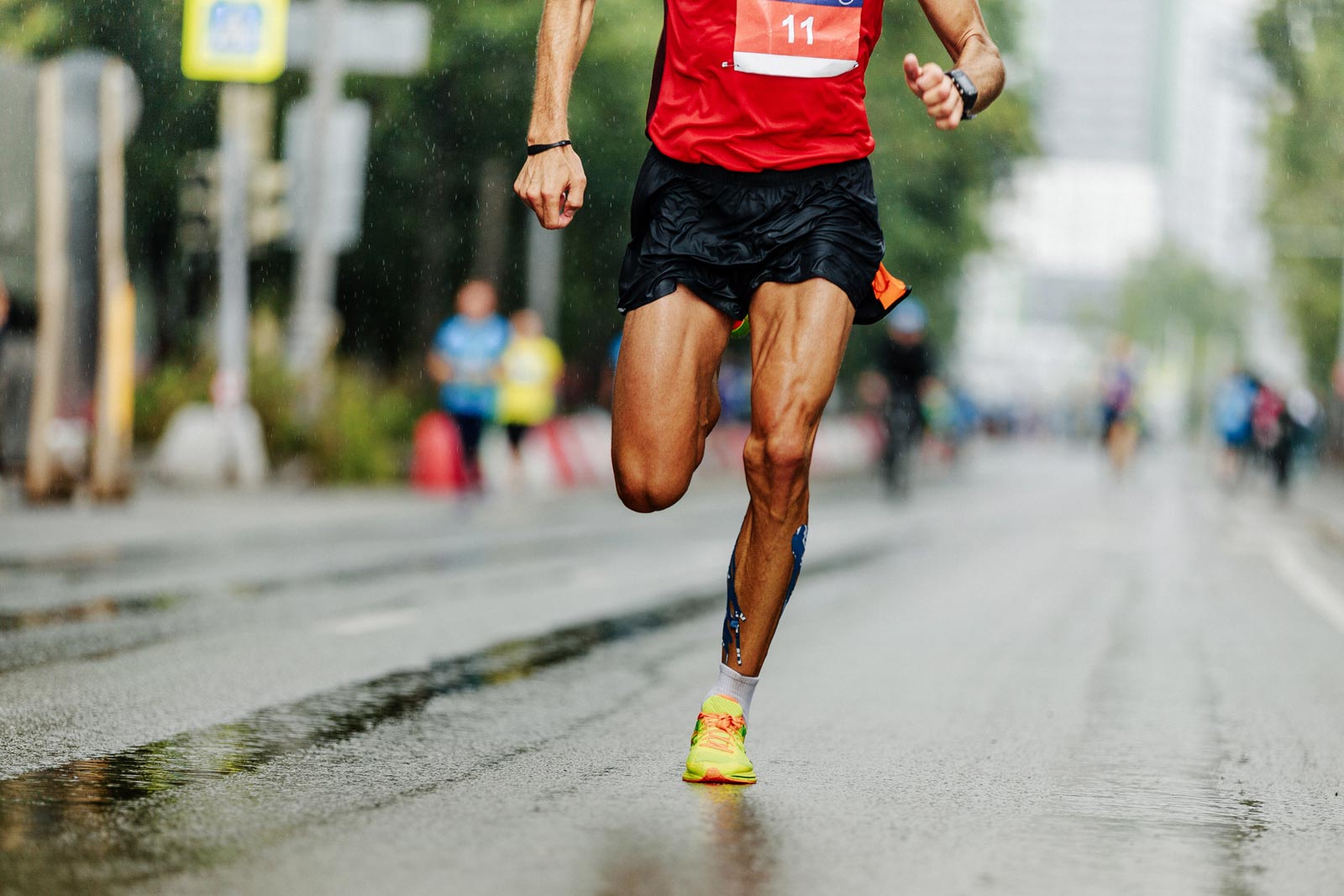Endurance running, celebrated globally on 7 June as Running Day, exemplifies a unique physiological stress that reverberates from skeletal muscle to the lumen of the gastrointestinal tract. The repetitive mechanical loading of distance running, coupled with sustained cardiorespiratory demand, elicits systemic adaptations that extend well beyond cardiovascular and musculoskeletal domains.
Emerging research demonstrates that these adaptations encompass profound remodelling of the gut microbiota, suggesting that the marathoner’s microbiome is as finely tuned as their stride (Marttinen et al., 2020). Regular endurance exercise is consistently associated with elevated alpha diversity – a hallmark of microbial ecosystem robustness.
Compared with sedentary controls, runners exhibit a richer repertoire of bacterial taxa, implying enhanced functional redundancy and metabolic versatility within their intestinal communities (Marttinen et al., 2020). Notably, specific commensals such as Faecalibacterium prausnitzii, Roseburia hominis, and Akkermansia muciniphila reach higher relative abundances in habitual endurance athletes. These microbes are known for their anti-inflammatory properties and their role in maintaining gut barrier integrity (Bonomini‑Gnutzmann et al., 2022; Varghese et al., 2024).
A central mediator of this dialogue is the short‑chain fatty acid (SCFA) pathway. Through microbial fermentation of indigestible polysaccharides, butyrate, propionate, and acetate are generated in greater quantities within the athletic intestine. SCFAs serve as primary fuels for colonocytes, modulate regulatory T‑cell differentiation, and influence hepatic gluconeogenesis, thus linking gut microbial metabolism to systemic energy homeostasis (Mach & Fuster‑Botella, 2017). Elevated SCFA concentrations in endurance athletes suggest that regular running cultivates a biochemical milieu conducive to efficient substrate utilisation and recovery (Marttinen et al., 2020).
The intensity and duration of exercise, however, dictate the balance between eubiosis and dysbiosis. Moderate‑intensity training regimes generally enhance microbial diversity and favour beneficial taxa, partly through augmented intestinal perfusion and reduced luminal transit time (Mach & Fuster‑Botella, 2017; Yoon et al., 2024). In contrast, exhaustive or prolonged sessions may compromise epithelial tight‑junction integrity, precipitating increased permeability, endotoxin translocation, and low‑grade inflammation. Morishima et al. (2021) reported that female ultra‑distance runners displayed elevated succinate levels and an overrepresentation of potentially pathogenic bacteria, signifying exercise‑induced dysbiosis when training loads exceed adaptive thresholds. Such findings highlight the necessity of periodised training to harness microbial benefits without incurring gastrointestinal distress.
The bidirectional nature of the exercise‑microbiome relationship is increasingly apparent. Varghese et al. (2024) posited that microbial metabolites not only reflect but actively influence performance by modulating substrate availability, neuromuscular fatigue, and immune surveillance. Consequently, the gut may be conceptualised as a hidden ergogenic organ, responsive to mileage yet capable of dictating its own influence on athletic output.
Future research integrating longitudinal metagenomics with metabolomic profiling and performance metrics will elucidate the causal pathways underpinning this symbiosis. Personalised nutrition and probiotic strategies tailored to an athlete’s microbiomic fingerprint may soon optimise recovery and competitive longevity.
In summary, endurance running choreographs a microbial ensemble characterised by elevated diversity, SCFA productivity, and anti‑inflammatory capacity. This stride‑induced symbiosis exemplifies how lifestyle inputs sculpt the gut ecosystem, ultimately feeding back to enhance human physiology in motion.
References:
Bonomini‑Gnutzmann R., Plaza‑Díaz J., Jorquera‑Aguilera C., Rodríguez‑Rodríguez A., & Rodríguez‑Rodríguez F. (2022). Effect of Intensity and Duration of Exercise on Gut Microbiota in Humans: A Systematic Review. International Journal of Environmental Research and Public Health, 19(15), 9518. https://doi.org/10.3390/ijerph19159518
Mach N., & Fuster‑Botella D. (2017). Endurance exercise and gut microbiota: A review. Journal of Sport and Health Science, 6(2), 179–197. https://doi.org/10.1016/j.jshs.2016.05.001
Marttinen M., Ala‑Jaakkola R., Laitila A., & Lehtinen M. J. (2020). Gut Microbiota, Probiotics and Physical Performance in Athletes and Physically Active Individuals. Nutrients, 12(10), 2936. https://doi.org/10.3390/nu12102936
Morishima S., Aoi W., Kawamura A., Kawase T., Takagi T., Naito Y., Tsukahara T., & Inoue R. (2021). Intensive, prolonged exercise seemingly causes gut dysbiosis in female endurance runners. Journal of Clinical Biochemistry and Nutrition, 68(3), 253–258. https://doi.org/10.3164/jcbn.20‑131
Varghese S., Rao S., Khattak A., Zamir F., & Chaari A. (2024). Physical Exercise and the Gut Microbiome: A Bidirectional Relationship Influencing Health and Performance. Nutrients, 16(21), 3663. https://doi.org/10.3390/nu16213663
Yoon E. J., Lee S. R., Ortutu B. F., Kim J. O., Jaiswal V., Baek S., Yoon S. I., Lee S. K., Yoon J. H., Lee H. J., & Cho J. A. (2024). Effect of Endurance Exercise Training on Gut Microbiota and ER Stress. International Journal of Molecular Sciences, 25(19), 10742. https://doi.org/10.3390/ijms251910742

